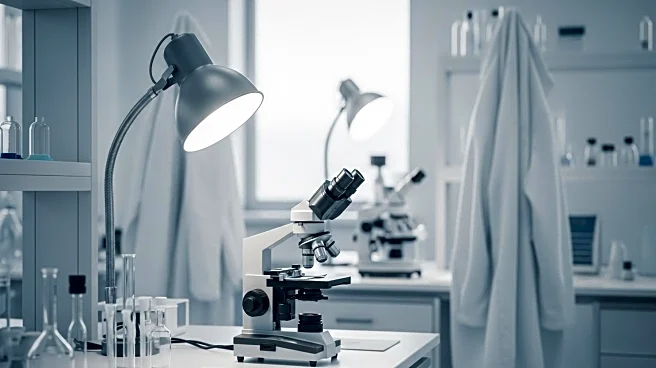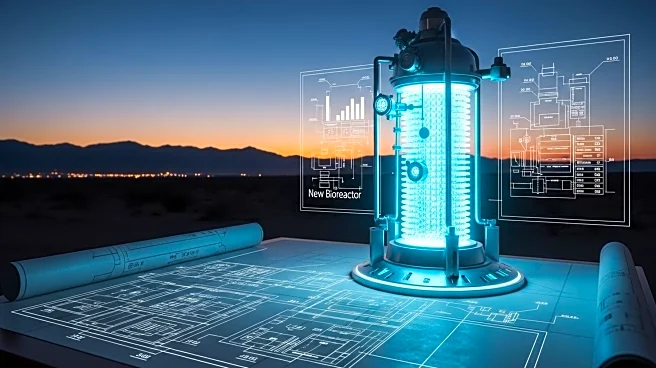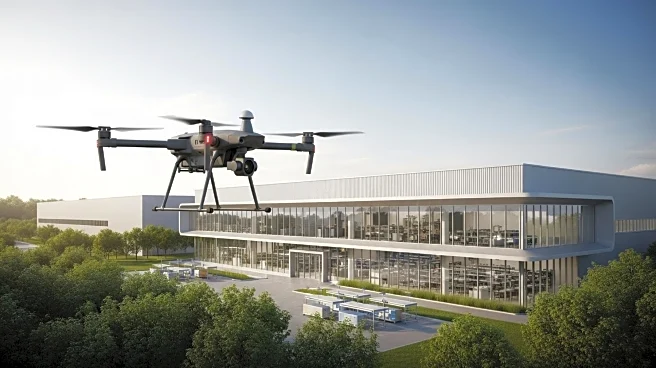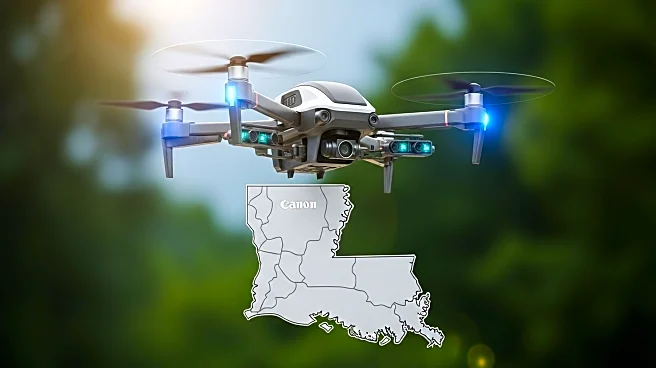What is the story about?
What's Happening?
The U.S. life sciences sector is experiencing significant challenges as it grapples with high vacancy rates and an oversupply of lab space. According to a report by JLL, of the 205 million square feet of total lab space in the U.S., 61 million square feet are currently available for lease. To achieve a balanced market, JLL estimates that 30 million square feet must be absorbed or removed from the inventory through demolition or adaptive reuse. The report highlights that the vacancy rate for lab buildings has surged from 6.6% in 2022 to 27% in 2025, with 223 lab buildings fully vacant. The report also notes that the life sciences sector is affected by tariffs on pharmaceuticals without U.S. manufacturing input, leading global providers to reassess their portfolios. Additionally, venture capital investment in biotech has waned as AI ventures gain favor, impacting lab leasing demand.
Why It's Important?
The high vacancy rates and oversupply in the life sciences sector could have significant implications for the U.S. economy and the real estate market. The sector's struggle to absorb existing lab space may lead to financial losses for property owners and developers. Furthermore, the shift in venture capital investment away from biotech could slow innovation and growth in the life sciences field. The emergence of 'tough tech' or 'deep tech' tenants offers a potential new demand pool, but these groups are cost-conscious, which may not fully offset the current oversupply. The situation underscores the need for strategic adjustments in the sector to align supply with demand and to attract investment.
What's Next?
To address the current challenges, stakeholders in the life sciences sector may need to consider adaptive reuse of vacant lab spaces and explore opportunities to attract new types of tenants. The sector could benefit from policy adjustments that encourage domestic manufacturing and investment in biotech. Additionally, as the market seeks equilibrium, there may be increased interest in converting lab spaces for alternative uses. The ongoing developments in AI and other tech sectors could also influence future demand for lab spaces, potentially leading to a more diversified tenant base.
Beyond the Headlines
The current state of the life sciences sector highlights broader economic and policy challenges, including the impact of tariffs and the shifting landscape of venture capital investment. The sector's reliance on global supply chains and the need for domestic manufacturing capabilities are critical issues that could shape future policy decisions. Moreover, the rise of AI and its influence on investment trends may lead to long-term shifts in how resources are allocated within the tech and life sciences industries.
AI Generated Content
Do you find this article useful?













